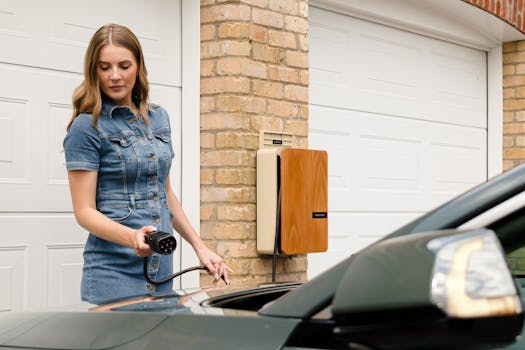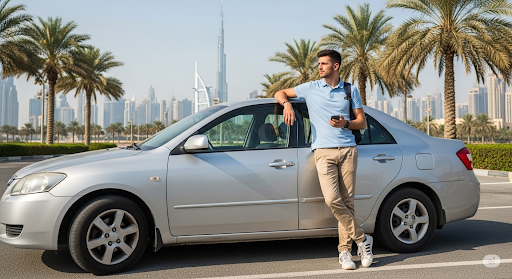
Smart Homes and Smart Living: The Technological Transformation of European Homes by 2025
Introduction to Smart Homes and Smart Living
Smart Homes and Smart Living: The Technological Transformation of European Homes by 2025 is an exciting concept that has been gaining traction in recent years. With the rapid advancement of technology, European homes are undergoing a significant transformation, becoming more efficient, convenient, and sustainable. In this article, we will explore the current state of smart homes in Europe, the technological advancements driving this transformation, and what we can expect by 2025.
The Current State of Smart Homes in Europe
According to a recent study, the smart home market in Europe is expected to grow significantly in the next few years, with an estimated value of over $20 billion by 2025. This growth is driven by the increasing demand for smart devices, voice assistants, and home automation systems. Many European countries, such as the UK, Germany, and France, are already witnessing a significant adoption of smart home technologies, with millions of households investing in smart devices and systems.
Technological Advancements Driving the Transformation
Several technological advancements are driving the transformation of European homes into smart homes. Some of the key drivers include:
- Internet of Things (IoT): The IoT has enabled the connection of various devices and systems, allowing for seamless communication and automation.
- Artificial Intelligence (AI): AI-powered devices and systems are becoming increasingly popular, offering advanced automation, voice control, and predictive maintenance.
- 5G Network: The rollout of 5G networks is providing faster and more reliable connectivity, enabling the widespread adoption of smart home technologies.
- Smart Speakers and Voice Assistants: Smart speakers and voice assistants, such as Amazon Alexa and Google Home, are becoming increasingly popular, allowing users to control their smart devices with ease.
What to Expect by 2025
By 2025, smart homes will become the norm in Europe, offering unparalleled convenience, efficiency, and sustainability. Some of the key features we can expect to see include:
- Advanced Home Automation: Homes will be fully automated, with devices and systems controlled remotely or via voice assistants.
- Energy Efficiency: Smart homes will be designed to be energy-efficient, with advanced insulation, solar panels, and energy-harvesting technologies.
- Enhanced Security: Smart homes will feature advanced security systems, including biometric authentication, motion detection, and real-time monitoring.
- Personalized Living: Smart homes will be designed to learn and adapt to the preferences and habits of their occupants, offering a personalized living experience.
Conclusion
In conclusion, the future of European homes is looking smart, with technological advancements transforming the way we live and interact with our living spaces. By 2025, smart homes will become the norm, offering unparalleled convenience, efficiency, and sustainability. As we move forward, it’s essential to stay informed about the latest developments and advancements in smart home technologies, ensuring that we’re prepared for the exciting future that awaits us.





